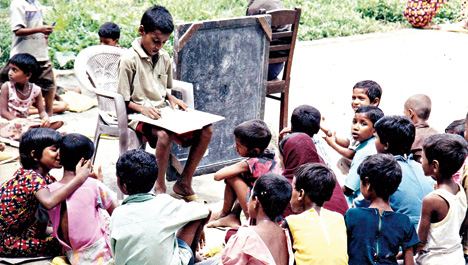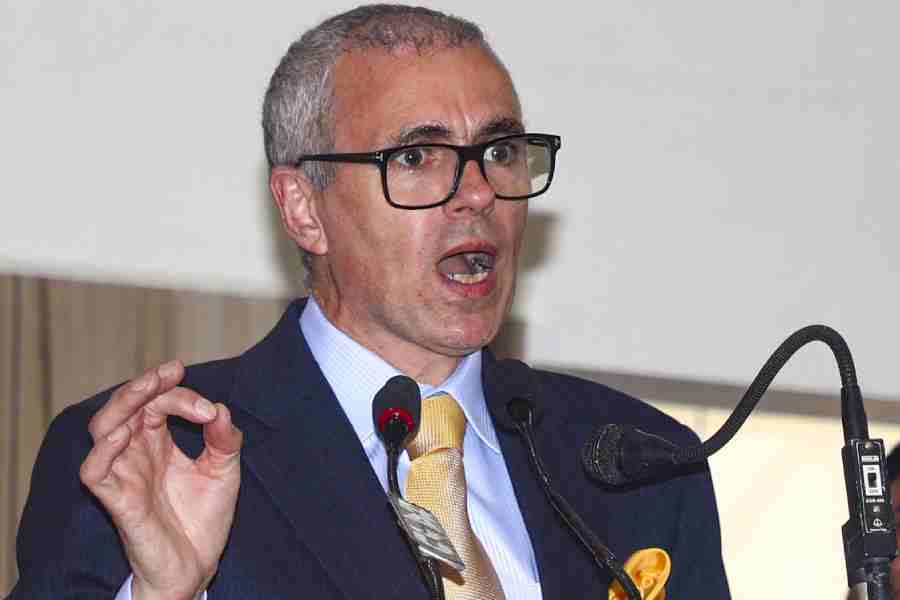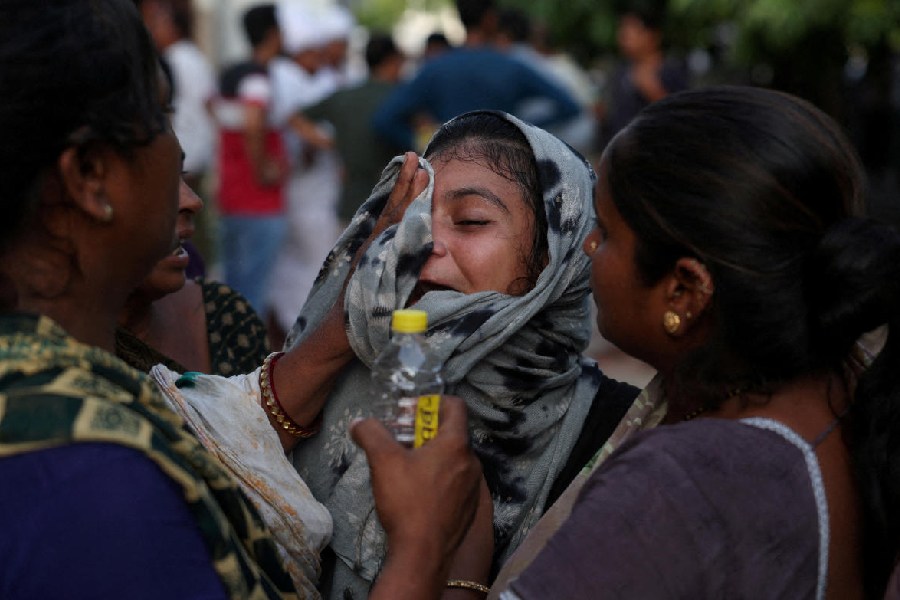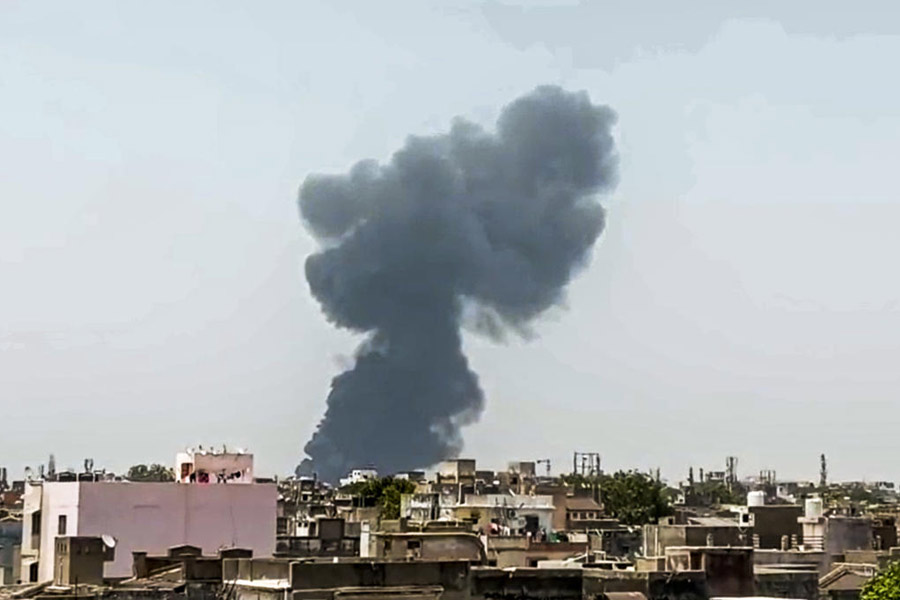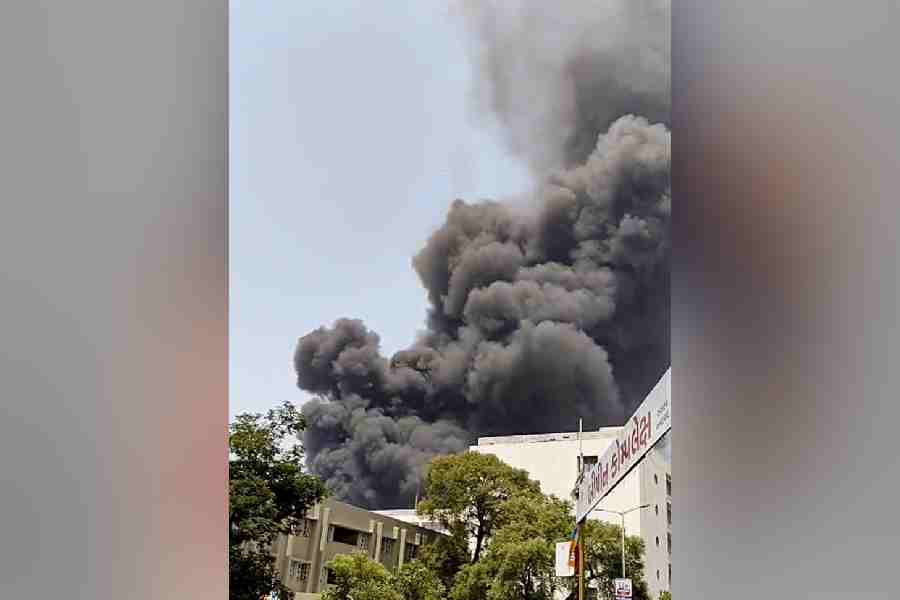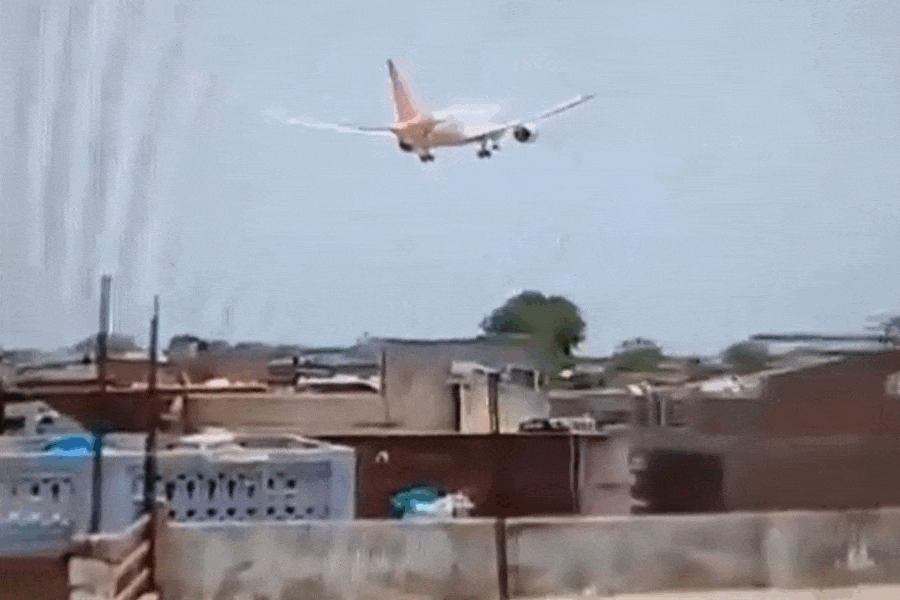
Bhabta was like any impoverished village in the border district of Murshidabad. While most men worked in the fields, several children took the train at dawn to Behrampore town, 15km away, and sifted through garbage to collect and sell junk. Their meagre earnings from rag-picking supplemented the family income. The rest of the time they loafed around. Girls stayed at home and got married off early.
As a nine-year-old, Babar Ali, son of a jute trader, would come back from school where he was a student of Class V. But instead of going to play in the afternoon, he would sit down under a guava tree in the courtyard with eight ‘students’. “At first there was my sister Amina Khatun, who is three years younger to me. Then I gathered five other girls and two boys from migrant families. I would teach them whatever I had learnt in school.”
Babar might have started his ‘classes’ for the fun of play-acting but soon he realised that this was the only education these children would be getting. So he decided to start a school. The date was October 19, 2002. The name given to it was Ananda Siksha Niketan. “Home of joyful learning,” he translates the name for The Telegraph Salt Lake with evident pride, seated at Bidhan Sishu Udyan where he was to be felicitated.
He had just graduated from the village primary school to Cossimbazar Raj Gobindo Sundari High School, about 10km away from home, clearing the admission test with the highest marks. “It took me about half an hour to come back — by bus and then, for 2km, on foot. It was while walking home that I would see boys aimlessly playing in the fields. I would ask them to come to my school which would run from 3pm to 6pm.”
After the annual exams got over, he went door to door collecting rice from houses of neighbours. “I sold the 2kg rice I gathered and raised Rs 20. Text books cost Re 1. That’s how I funded books for my first batch of students,” he recalls. He would even save from his tiffin money and bought lozenges to give them. “That’s how the smallest ones got tempted to attend my classes.”
By 2003, he had 45 students. Some of his friends and seniors joined as teachers in their free time, sitting scattered in the courtyard with separate groups.
Young Babar would ask for the broken pieces of chalk in school. His teachers would be curious as to what he would do with the pieces. Babar, the ‘headmaster’, would be using them to write on terracotta tiles which served as his blackboard at home. That’s how his teachers — and gradually, the world — got to know about his school.
He was invited by Amartya Sen to Santiniketan when he was in Class VIII and felicitated by chief minister Buddhadeb Bhattacharjee in 2008 when he passed Madhyamik examination — of course in the first division. The next year, an article on the BBC News portal described him as the youngest headmaster in the world. He was also made a TED fellow and invited to address at Ted India in Mysore. Since then, he has travelled to Canada in 2013 and the US in 2015 for TED Talks. He and his school featured in an episode of the first season of Aamir Khan’s TV show Satyamev Jayate. In 2016, he was named in the “30 Under 30” honouree list of International Literacy Association, a global advocacy and membership organisation dedicated to advancing literacy headquartered in the US. The Karnataka government has included a chapter on him in a CBSE Class XII English text book. Which is why more people know him down south than in his native state.

But Babar is more excited to report how in 2010, Ananda Siksha Niketan became a registered body and his first batch of 14 students passed Madhyamik in 2011.
This year, the school has got affiliated to West Bengal Board of Secondary Education till Class VIII. He has already applied for affiliation till Class X. The classes that took place under a guava tree now happen in a two-storeyed building that he is constructing on a 7,200 sqft plot in the neighbouring village of Shankarpara, 3km away, with funds coming in through charity. Classes are still completely free. The school has been instrumental in checking the scourge of early marriage and illiteracy among girls in the locality. “Now we have 300 students and 60 per cent of them are girls,” says the 25-year-old who has since himself graduated from Krishnanath College in Berhampore and gone on to complete a Masters in English literature under the distance education programme of Kalyani University.
Among his students, he is the proudest of Merina Khatun, one from his first batch whom he taught for six years. The daughter of a farmer father, who died when she was a child, came first class second in her batch at Kalyani University. “She is now one of the teachers in my school.”

Picture by Sudeshna Banerjee
The journey has hardly been smooth. Many tried to belittle his efforts. His father was initially worried that Babar’s school would hamper his own studies. He wanted him to try for a civil service job instead. But nothing could daunt the mild-mannered, resolute young man. “When I was 11 years old, I went to Sargachi Ramakrishna Mission High School to seek aid. The headmaster there, Swami Jnanalokananda, came to see my school and along with other teaching materials, gave me a book by Swami Vivekananda. The words ‘Jeebey prem kore jei jon, sheijon sebichhe iswar’ (Service to man is service to god) in the book have been my motto in life ever since.”

